A team of scientists at Colossal Biosciences have obtained induced pluripotent stem cells from elephants, making it easier to revive extinct mammoths.
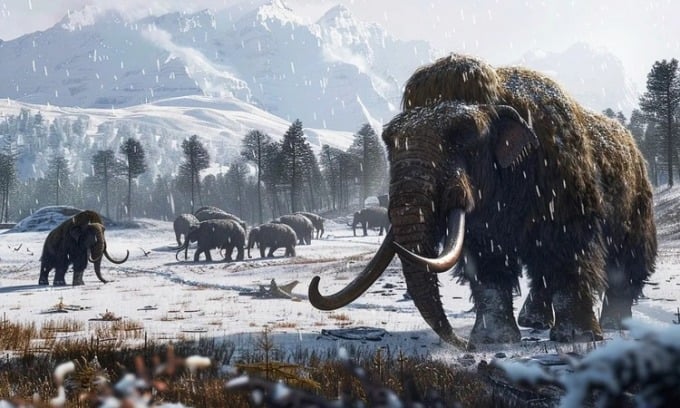
Woolly mammoths had many adaptations to the polar climate. Photo: Wired
Scientists have made a breakthrough in elephant stem cells, bringing them one step closer to resurrecting the long-extinct woolly mammoth, according to a statement from the biotechnology company Colossal Biosciences. The company's team said they had successfully extracted induced pluripotent stem cells (iPSCs) from Asian elephants ( Elephas maximus ). iPSCs are reprogrammed cells that can generate any type of cell in the body, meaning researchers can learn what adaptations set woolly mammoths ( Mammuthus primigenius ) apart from their closest living relatives, then attempt to edit their genes without taking tissue from a living animal.
“These cells are a huge boon for the restoration of the species,” said Eriona Hysolli, director of biology at Colossal Biosciences. Essentially, Hysolli said, iPSCs could reveal the cellular and genetic processes behind the features that helped woolly mammoths thrive in the Arctic, including their dense fur, curved tusks, fat stores, and domed skulls. iPSCs also pave the way for creating elephant eggs and sperm, which would be necessary to revive mammoths in the lab. With fewer than 52,000 Asian elephants left in the wild, according to the WWF, collecting cells from living individuals is difficult.
Previously, obtaining iPSCs from elephants was a major challenge because the animals have complex genomes not found in other species. Researchers overcame the problem by inhibiting a key gene called TP53, which regulates cell growth and prevents cells from replicating endlessly.
The breakthrough could shed light on early elephant development, which is currently the biggest obstacle to resurrecting the woolly mammoth. If the team succeeds in creating woolly mammoth embryos by combining ancient mammoth DNA with elephant cells, they will need to implant the embryos into a surrogate elephant to complete the 22-month pregnancy. “The gestation period in elephants is so long and complex, so understanding the developmental biology of elephants is very important,” Hysolli said.
Editing woolly mammoth embryos is no longer a major challenge, but producing healthy elephant babies requires time and effort. Hysolli’s team is still researching alternative methods for creating elephant iPSCs and cultivating the newly developed cells. Reprogramming elephant cells into iPSCs has many applications beyond reviving woolly mammoths. The technology could also help elephant conservation by allowing researchers to produce and artificially fertilize reproductive cells.
An Khang (According to Live Science )
Source link


![[Photo] "Beauties" participate in the parade rehearsal at Bien Hoa airport](https://vstatic.vietnam.vn/vietnam/resource/IMAGE/2025/4/11/155502af3384431e918de0e2e585d13a)
![[Photo] Looking back at the impressive moments of the Vietnamese rescue team in Myanmar](https://vstatic.vietnam.vn/vietnam/resource/IMAGE/2025/4/11/5623ca902a934e19b604c718265249d0)






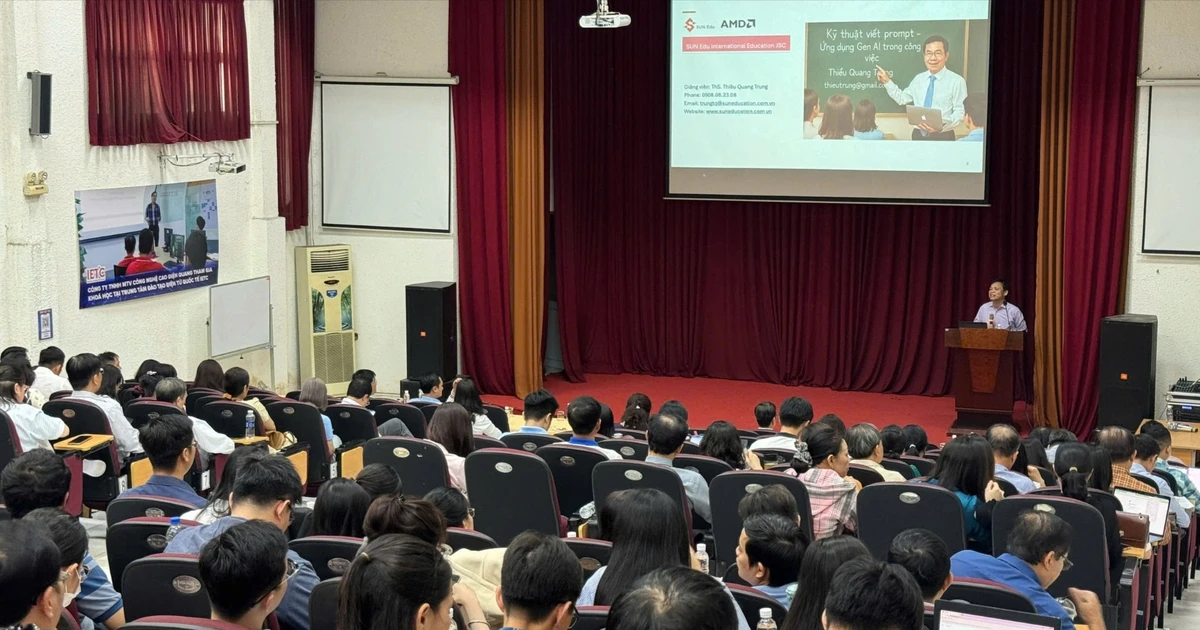
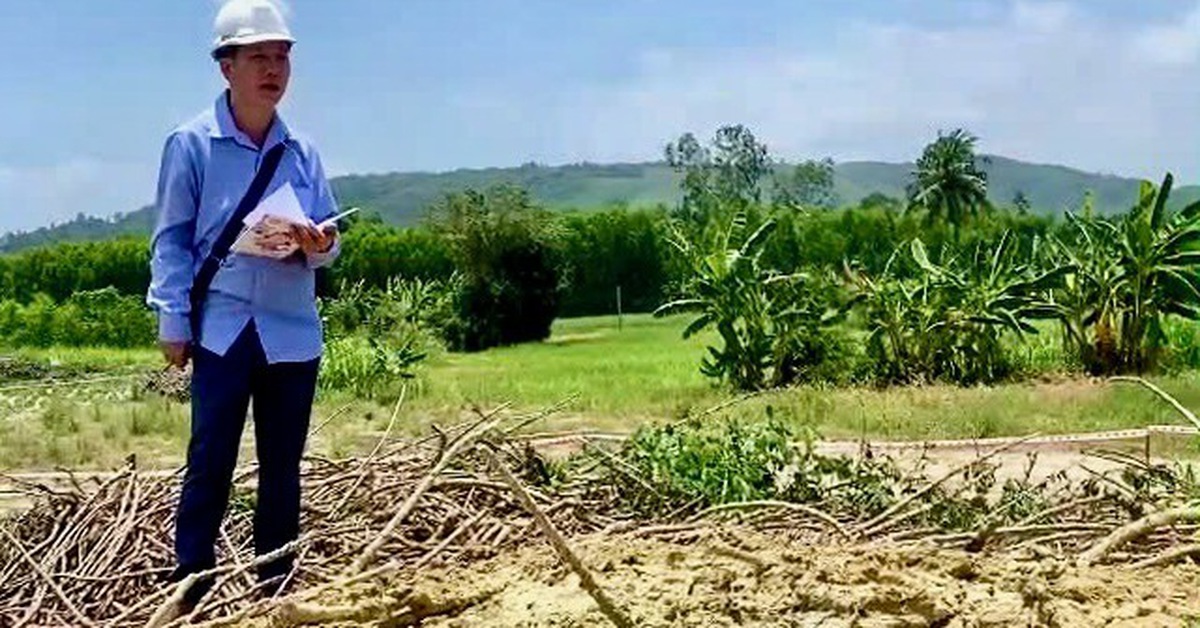

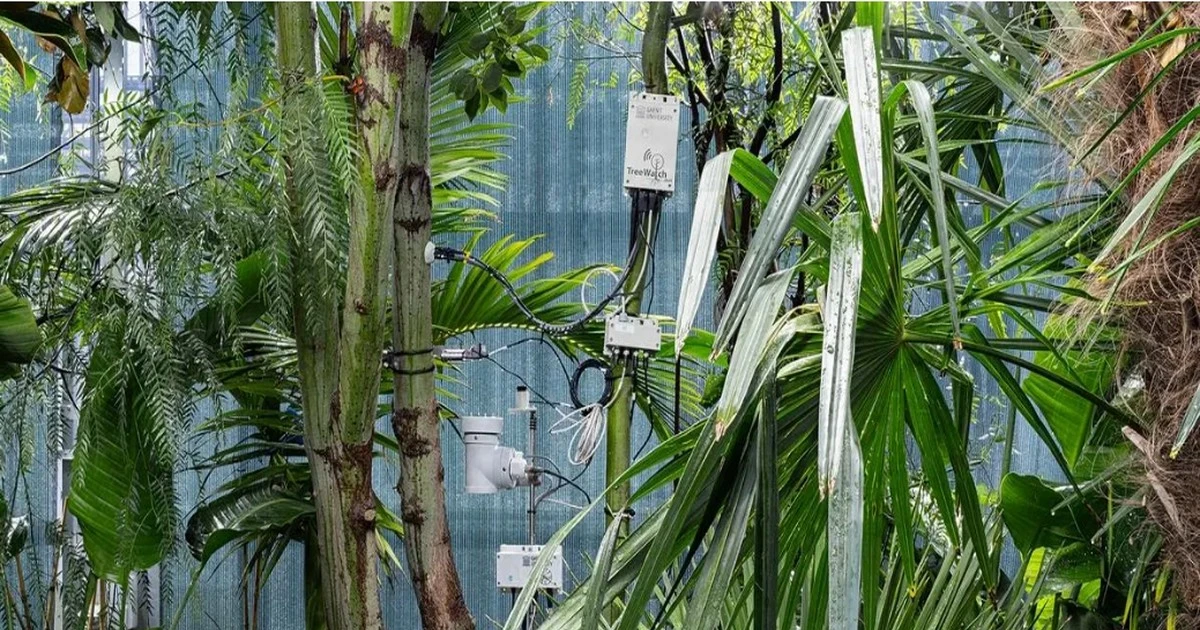








![[Photo] Summary of parade practice in preparation for the April 30th celebration](https://vstatic.vietnam.vn/vietnam/resource/IMAGE/2025/4/11/78cfee0f2cc045b387ff1a4362b5950f)











































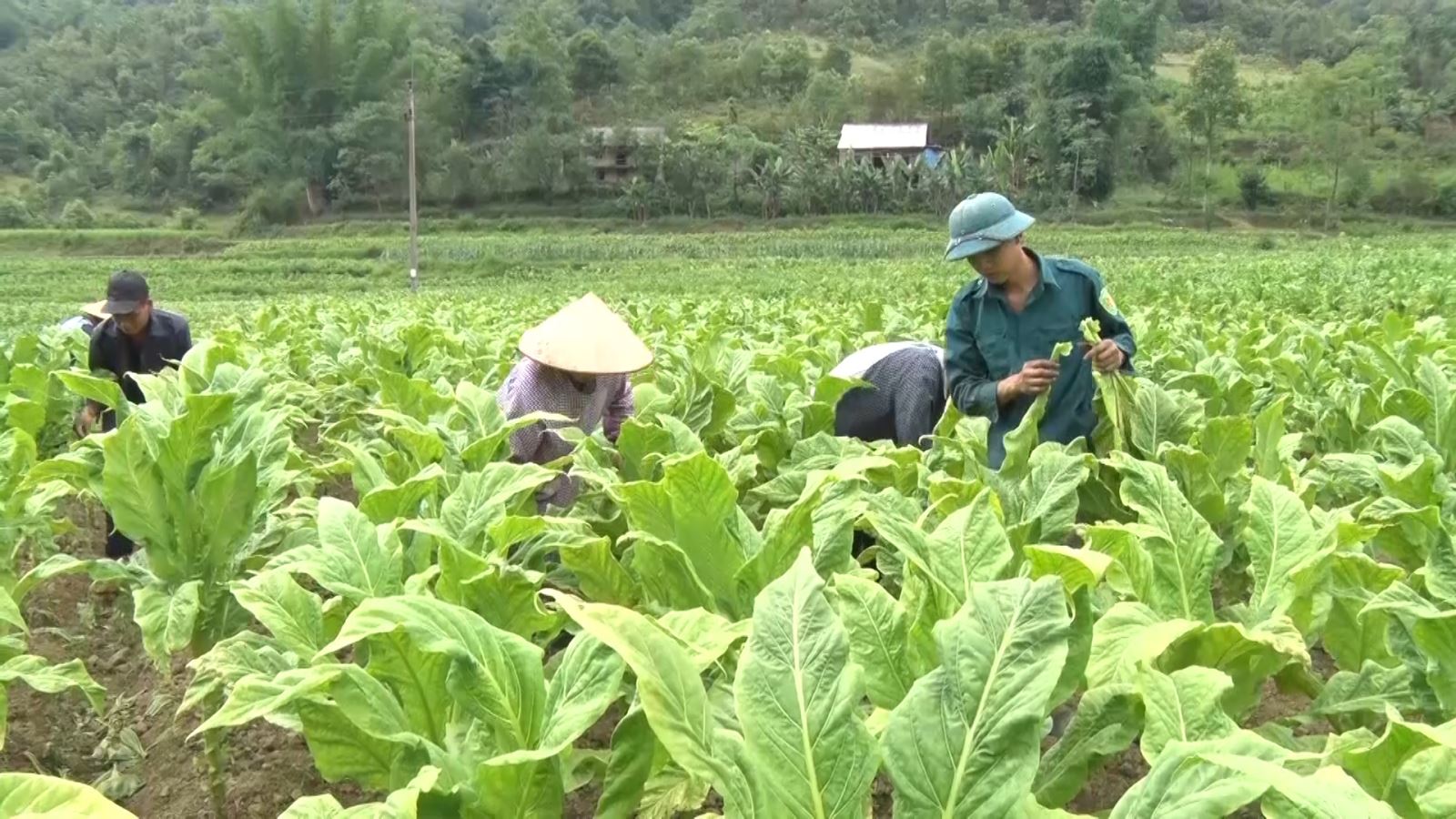




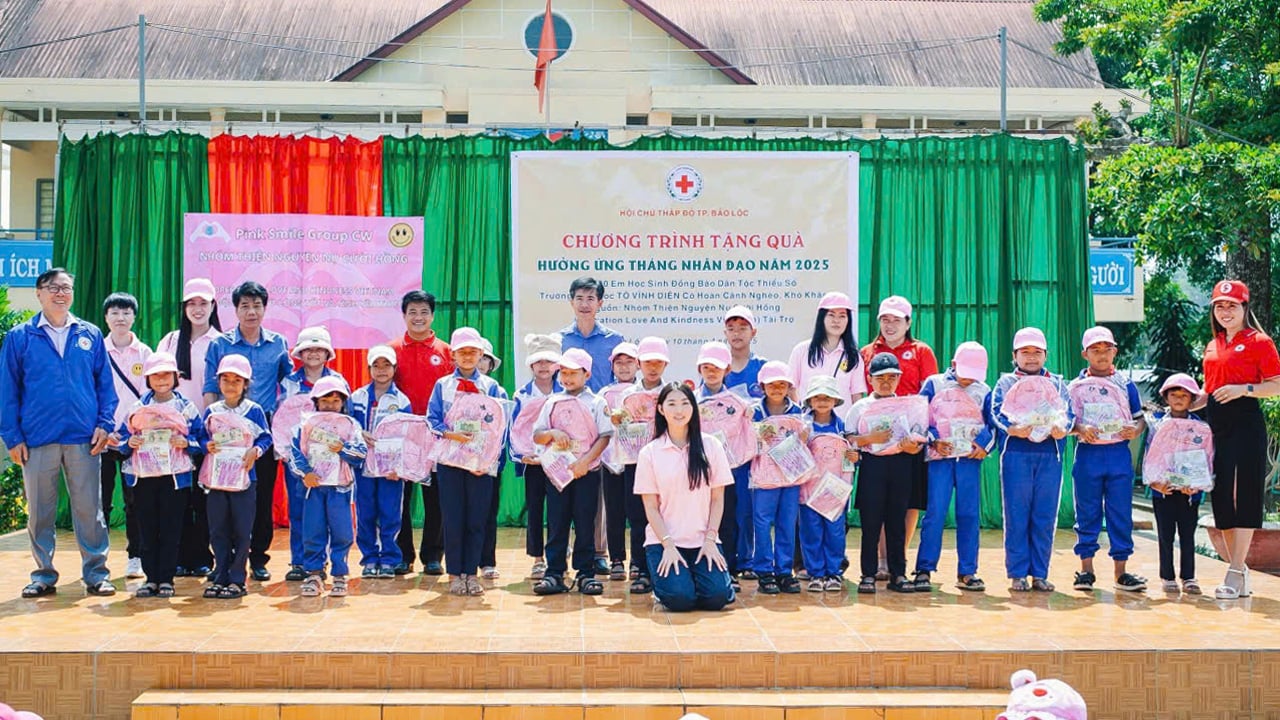













Comment (0)